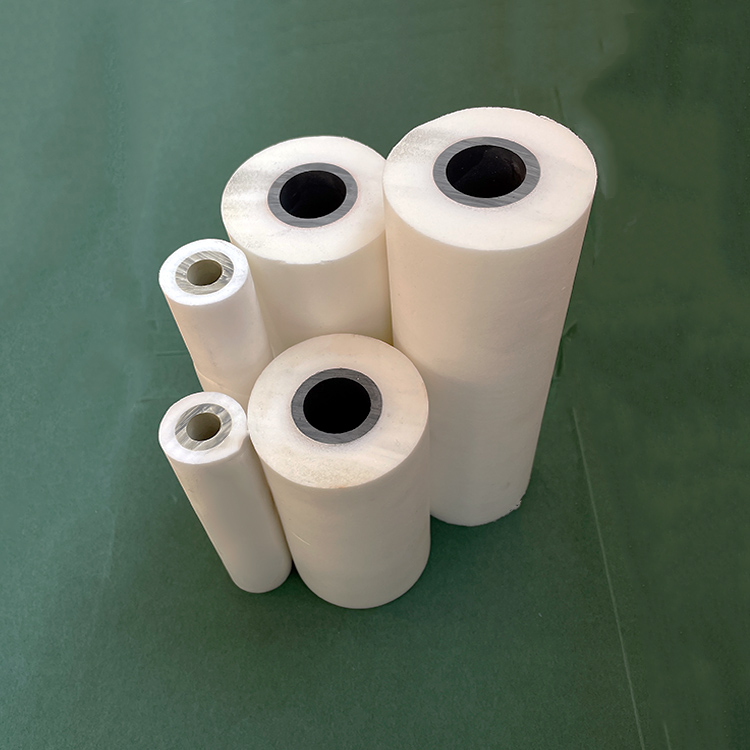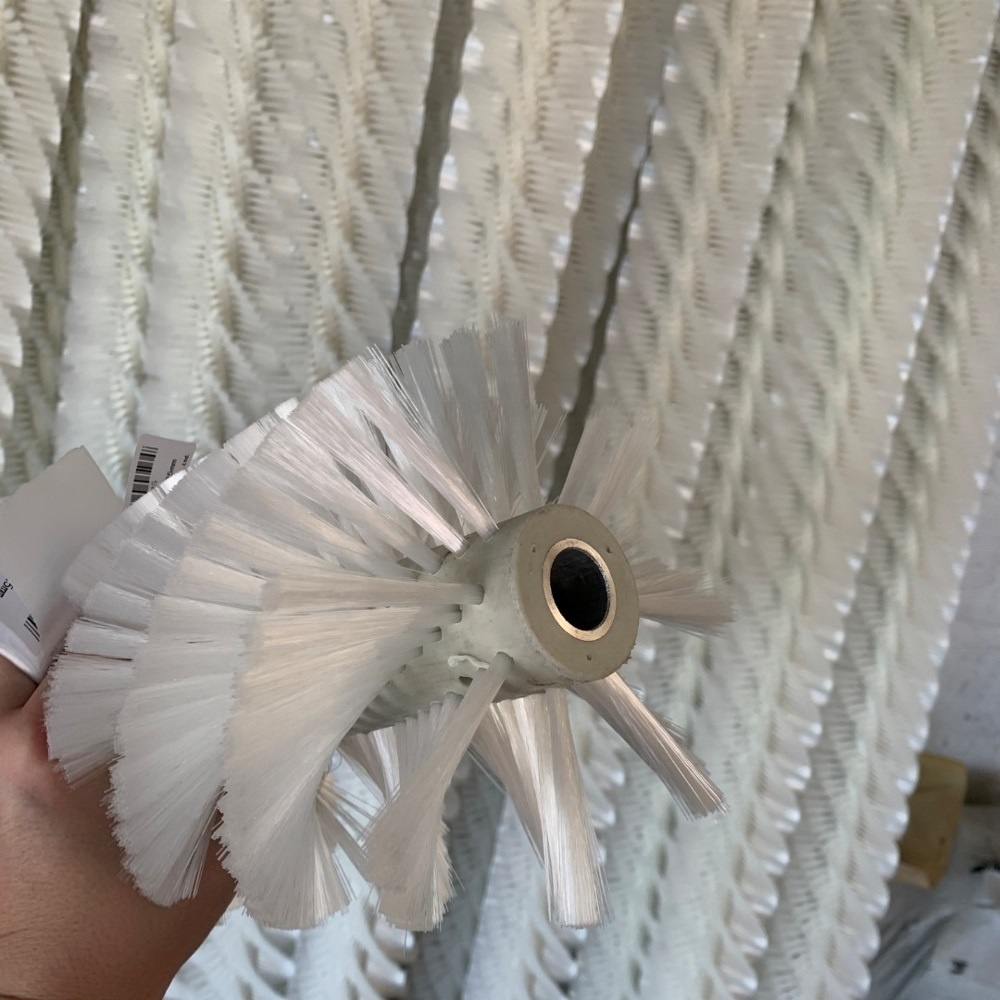Partner content: This content was created by a business partner of Dow Jones and researched and written independently of the MarketWatch newsroom. Links in this article may result in us earning a commission. Learn More
Enter your ZIP code below to get a free home solar system quote. Cleaning Roller Brush

Leonardo David is an electromechanical engineer, MBA, energy consultant and technical writer. His energy-efficiency and solar consulting experience covers sectors including banking, textile manufacturing, plastics processing, pharmaceutics, education, food processing, real estate and retail. He has also been writing articles about energy and engineering topics since 2015.
Tori Addison is an editor who has worked in the digital marketing industry for over five years. Her experience includes communications and marketing work in the nonprofit, governmental and academic sectors. A journalist by trade, she started her career covering politics and news in New York’s Hudson Valley. Her work included coverage of local and state budgets, federal financial regulations and health care legislation.
Solar panels are very durable — the best solar companies now offer a 25-year product warranty, and most panels have a typical lifespan of 25 to 30 years. However, photovoltaic (PV) cells are only productive when sunlight can reach their surface, so knowing how to clean your solar panels is important. Read on for a step-by-step guide on how to clean your solar panels to prevent dust and debris build-up from reducing your system’s power output.
Solar power systems generate electricity with no moving parts, which means they have simpler maintenance requirements than other power generation systems. For example:
If dust build-up blocks 50% of the sunlight reaching your solar panels, their energy output can drop by half. This decrease in productivity can negatively affect electric bill savings — if you were previously saving $100 each month, you might notice that savings drop to around $50 a month.
Regular cleaning helps keep your solar panels operating at optimal capacity, which means your system generates its expected electricity output. A dirty solar energy system does not operate at maximum efficiency, which can result in higher power bills and, as a result, a longer payback period. Professional solar panel cleaners use the term “soiling losses” to describe the efficiency loss caused by dust and dirt buildup on your PV system.
Solar panels consist of photovoltaic cells fully encapsulated by other materials, which prevents exposure to dust, dirt, bird droppings and weather conditions. However, grime can accumulate on external surfaces over time, which you should clean regularly. Here are some tips to clean different solar panel components:
A transparent glass cover protects the PV cells in a solar panel. Ideally, you should clean the glass surface with non-abrasive cleaning tools like a soft bristle brush or squeegee. Avoid using wire brushes, roof rakes or any other tools that may leave scratches.
You can wash solar panels with a garden hose, but you should never do this when they are hot since the drastic temperature change can crack the glass. Keep in mind that solar modules may still be hot after sunset, especially on summer days.
Make sure you have a clean water supply when cleaning your panels. Washing your panels with hard water will leave behind a mineral layer after the water evaporates, defeating the purpose of the cleaning process.
Solar panels have an aluminum frame that holds all other components together. Solar manufacturers use powder coating and other treatments to improve corrosion resistance, making the aluminum frame suitable for outdoor use. However, the frame is constantly exposed to dust, just like the glass cover.
Since the aluminum frame is corrosion-resistant, you can wash it safely with a standard water hose. Never use a pressure washer: it can damage the seals around the aluminum frame, and you may void the product warranty. Cleaning solutions with detergents or other chemical agents can also damage the seals and should be avoided.
If your panels have not been cleaned in a long time, washing may not be enough to remove grime. In this case, you should brush away dried-up dirt before using a hose. You should avoid chemical agents in general but can use a small amount of soapy water to clean spots with excessive dirt buildup.
The back of a solar panel is covered with a backsheet, typically made of a durable polymer. The back surface also contains a junction box with electrical terminals used to wire multiple panels into a string circuit.
Since the backsheet and junction box are not always outward facing, these components require less cleaning than a panel’s glass cover and aluminum frame.
You can follow the same cleaning recommendations for the glass cover and aluminum frame to clean the backsheets. Soft brushes and non-pressurized water are suitable, but avoid pressure washers and chemical agents.
Never open the junction boxes or manipulate electrical connections in any way. If your solar installation includes a workmanship warranty, you can contact your provider to inspect any electrical malfunctions. Many companies also offer professional solar panel cleaning services.
Many solar manufacturers and installers recommend cleaning your solar panels at least two times a year, but cleaning needs can vary depending on site conditions. Your panels may need additional cleaning if your home is close to a construction site or industrial zone. You can expect large amounts of dust in the air, which can accumulate on your PV system in a short time. Be mindful of locations with high concentrations of trees or other foliage as leaves and pollen can also build up on your panels.
If you live in a place with frequent rainfall, your panels will require minimal cleaning during their service life since rain washes away most of the dirt for you.
We at the MarketWatch Guides Team only recommend cleaning solar panels on your own if you can safely access your system from the ground or have a flat roof. The task should be left to a professional cleaner if you need to climb your roof or other tall structure to access your panels.
In general, you need the following tools to clean your solar panels:
If you are not comfortable cleaning your panels on your own, contact your solar installer for professional panel cleaning services.
You can clean your solar panels more efficiently by following these steps:
Washing your solar panels is quick and effective when they are not very dirty. However, spraying water is counterproductive when there is a lot of dust and grime. Water and dirt create mud when mixed, which will dry up on your panels. Use a soft brush to remove dried-up dirt, bird droppings and other debris when your panels are dry.
Once you have cleaned dried-up dirt and debris, you can wash your panels to remove any remaining dust and particles. Make sure your water supply is clean and avoid high-pressure nozzles. You do not need to wipe your panels dry since the water will evaporate on its own.
If your solar panels are very dirty, brushing and washing may not be enough to clean them completely. You can scrub trouble spots with water and normal soap, but avoid detergents and other strong cleaning agents.
Solar panel maintenance not only involves frequent cleaning. You should also monitor energy production on a regular basis to rule out electrical issues. Many solar inverters include a monitoring app for homeowners, which you can use to track daily power generation with your smartphone.
Low productivity is normal on overcast days since your solar panels are exposed to minimal sunshine. However, you should call your solar provider if the monitoring app shows lower-than-average electricity output on a sunny day.
The best residential solar panels have a 25-year warranty to cover product and installation issues but still need regular cleaning to stay productive. Dust buildup negatively affects panel efficiency, which can reduce your power bill savings.
Do-it-yourself (DIY) cleaning is suitable if your solar panel system is installed on the ground or on a flat roof that you can easily access. If you have a single-story home with a pitched roof, you can also use an extension pole with a squeegee. Due to the risks involved, professional cleaning services should be used if you can only access your solar panels by climbing the roof.
Suitable cleaning tools methods for solar panels include:
On the other hand, you should avoid these methods and tools:
Solar panels have a high upfront cost, and protecting your investment is important. A solar panel system typically costs $2.85 per watt or $17,100 for a 6 kilowatt (kW) system, and the 30% federal solar tax credit reduces your total to $11,970. With those figures, you can expect a payback period of around 8.5 years. When you combine a 25-year warranty and regular cleaning, you can utilize your solar panels for over a decade after paying off your system.
You should clean solar panels using soft brushes, squeegees or other non-abrasive cleaning tools. You can also wash your solar panels, but only if they are not hot and you have a clean water supply. Avoid pressure washers and chemical cleaning agents that can damage your panels.
We strongly recommend hiring a professional solar panel cleaning service if you need to climb on a pitched roof or other tall structure to access your system.
Completely washing your panels with soap is not recommended. However, you can use small amounts of soapy water to clean dirty spots.
Yes, but not when they are hot. The drastic temperature change can crack a solar panel’s glass cover.
Many solar companies recommend cleaning your panels every six months or at least twice a year, but cleaning needs vary depending on site conditions and local climate. For example, you may need to clean your panels more often if you have many trees on your property that deposit leaves, dirt, pollen and other debris on your panels.
Leonardo David is an electromechanical engineer, MBA, energy consultant and technical writer. His energy-efficiency and solar consulting experience covers sectors including banking, textile manufacturing, plastics processing, pharmaceutics, education, food processing, real estate and retail. He has also been writing articles about energy and engineering topics since 2015.
Tori Addison is an editor who has worked in the digital marketing industry for over five years. Her experience includes communications and marketing work in the nonprofit, governmental and academic sectors. A journalist by trade, she started her career covering politics and news in New York’s Hudson Valley. Her work included coverage of local and state budgets, federal financial regulations and health care legislation.
Copyright © 2023 MarketWatch, Inc. All rights reserved.

Rotating Scrub Brush By using this site you agree to the Subscriber Agreement & Terms of Use, Privacy Notice, and Cookie Notice.